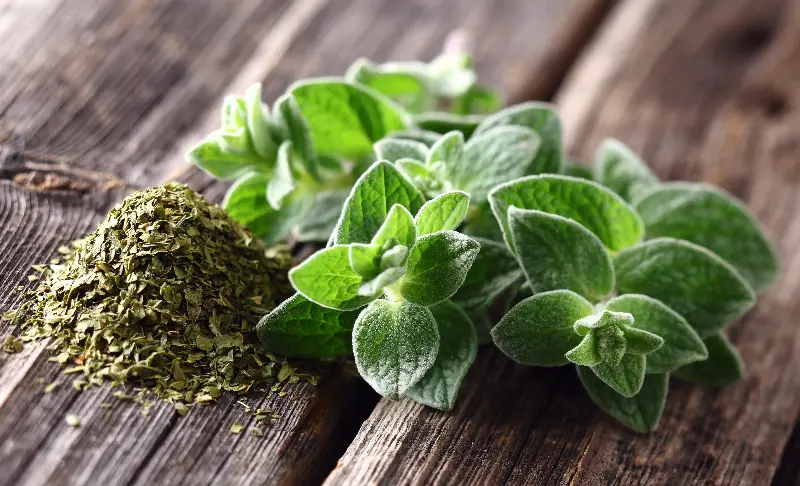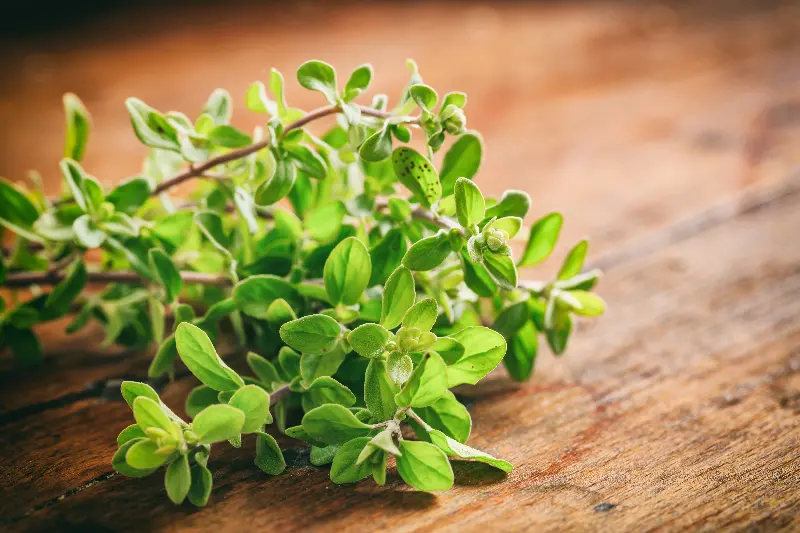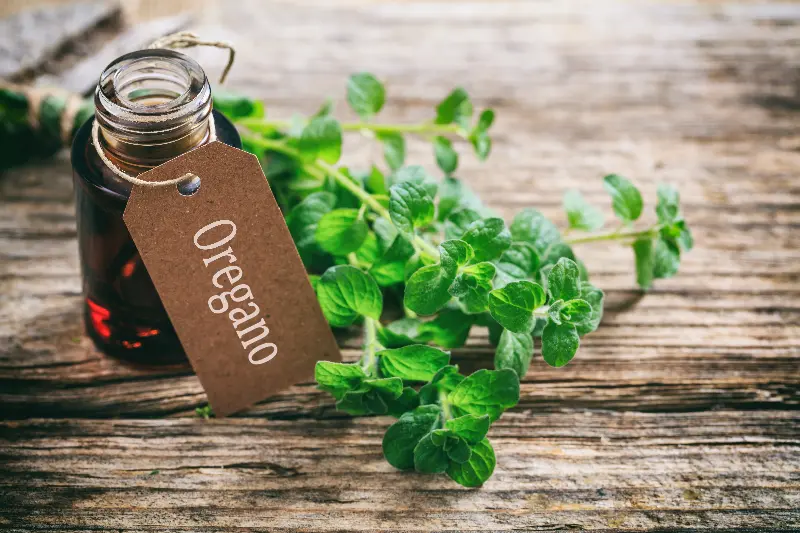When you think of oregano, it’s easy to picture a sprinkle over bubbling pizzas or perhaps a handful tossed into a tomato sauce. But this humble herb, often overshadowed by its more glamorous culinary companions, has a story that traverses continents, centuries, and cultures. Oregano isn’t just a flavor enhancer; it’s a global culinary icon entwined with fascinating history, surprising health benefits, and a versatility that stretches far beyond the kitchen.

From Mountain Sides To Dining Tables: A Storied Journey
Oregano, derived from the Greek words "oros" (mountain) and "ganos" (joy), literally means “joy of the mountain.” Indigenous to the hills of the Mediterranean, oregano first earned its place in local folklore and kitchens over 3,000 years ago. Ancient Greeks considered it a symbol of happiness and used it to crown newlyweds. Hippocrates, the famed physician, employed oregano as an antiseptic and a remedy for respiratory and digestive ailments.
The Romans soon adopted oregano, spreading it throughout the empire as their soldiers, traders, and cooks migrated. It wasn’t just the hearty flavor that travelers appreciated; oregano’s ability to preserve food was equally valued in an age before refrigeration. Each culture oregano touched adapted it to their cuisine—French herbes de Provence, Mexican salsas, Middle Eastern za’atar blends.
Oddly enough, oregano’s leap into American hearts didn’t happen until the mid-20th century, post-World War II, when returning soldiers developed a taste for pizza and spaghetti from Italy, and oregano’s bold flavor profile soon made it a kitchen staple across the United States.
Tiny Leaves, Huge Flavor: What Makes Oregano Special
At first glance, oregano’s small, dusty-green leaves might seem unremarkable. But don’t be fooled by appearances. The key to oregano’s allure lies in its essential oils—particularly carvacrol and thymol—compounds responsible for its robust aroma and slightly peppery, almost lemony taste. For cooks, oregano is the secret weapon behind mouth-watering meat marinades, vibrant salad dressings, and aromatic roasts.
Not all oregano is created equal, however. Greek oregano (Origanum vulgare hirtum) is extra pungent and spicy, ideal for Mediterranean fare. Mexican oregano (Lippia graveolens), technically unrelated but similar in flavor, offers citrus undertones that pair perfectly with chilies and beans. Turkish and Italian varieties each bring their own signature intensity to the table.
Interestingly, oregano’s flavor intensifies when dried, a rare trait among herbs that lose their punch outside the fresh state. This feature makes oregano a favorite pantry staple—always ready to revive a sauce, soup, or stew with just a pinch.

The Secret Health Boosters Of Oregano
While oregano’s role in pizza might suggest indulgence, the herb’s legitimate health benefits are reason enough to celebrate its presence in your diet. For centuries, folk medicine hailed oregano as a cure-all, and modern science is starting to back up some of those claims.
Carvacrol, the compound giving oregano much of its flavor, has demonstrated antibacterial and anti-inflammatory properties in laboratory studies. Thymol adds antioxidant power, helping fight free radicals that contribute to aging and chronic disease. Oregano oils and extracts are currently being studied for their impact on pathogens and even as natural preservatives for foods.
Adding oregano to meals doesn’t magically erase health problems, but integrating it as part of a diverse, plant-rich diet could support your immune system and digestive health. Some wellness enthusiasts even brew oregano tea as a home remedy for sore throats and coughs—a practice that dates back centuries.
Cultural Resilience And Culinary Flexibility
What sets oregano apart from other herbs is its chameleon-like adaptability. From Greek lemon chicken and Italian caprese salads to Turkish kebabs and Venezuelan arepas, oregano seamlessly bridges regional palate differences. Even in global fusion dishes, a pinch of oregano can elevate the simplest ingredients.
Chefs and home cooks alike prize oregano for this very reason. Paired with potatoes, it takes on earthier tones. Mixed with citrus, it brightens. Combined with garlic and olive oil, it becomes the anchor of countless robust dishes. The Middle Eastern spice blend za’atar, which includes wild oregano, showcases how this herb creates connections across entire culinary traditions.
Oregano is also an unsung hero in the kitchen herb garden, easy to grow and resilient in various climates. Its flowers—edible and mildly sweet—add a decorative, gourmet touch to summer salads and desserts. Even its reputation as a “humble” herb is part of its magic: oregano doesn’t overshadow other flavors; it amplifies them.

Oregano’s Place In Modern Wellness And Cuisine
Today, oregano stands at the crossroads of tradition and modernity. Wellness trends have caught up to what folk medicine long suspected—this unassuming herb has superfood qualities. Meanwhile, chefs continue to reinvent its use, experimenting with infusions, oils, and desserts. Its essential oil, when properly diluted, is trending in the world of natural remedies for everything from congestion to skin health.
Despite changing food fashions, oregano endures. Its scent is instantly recognizable, its taste universally appealing, and its benefits—both culinary and medicinal—well-documented. Whether you’re topping your favorite flatbread, brewing a calming herbal tea, or seeking natural ways to support your health, oregano offers more than meets the eye.
In every sprig, oregano carries a millennium of flavor, history, and resilience. So next time you reach for that green shaker, remember: you’re not just seasoning your dish—you’re tapping into a legacy that spans the globe.
